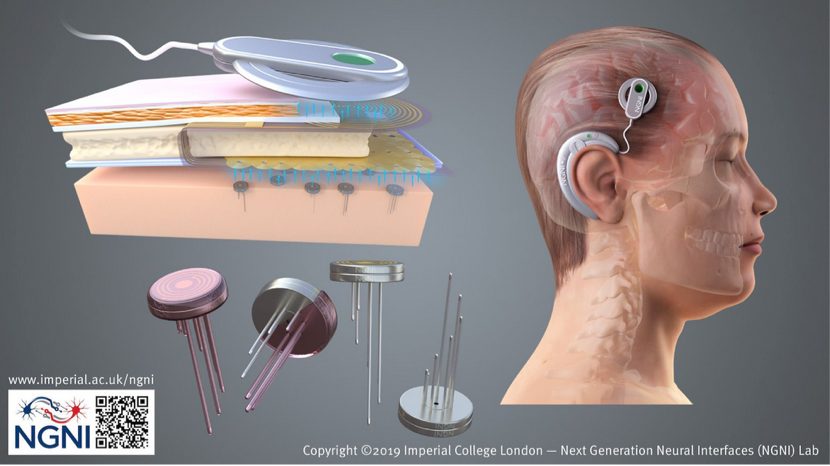Introduction
Neural Dust is an emerging field of research, which aim to develop new machine/brain interfaces in a kind of “dust particles” capable for neural stimulations or recording. Several worldwide recognized group are working on this new field by proposing different approaches to address the very same goal of investigating new manners to connect our brain to automatic machinery for many different applications, including while not limited to prosthetic limbs, artificial vision, Parkinson and Epilepsy diseases. One of the next steps in the long-term development of such researches is the integration with biosensors enabling local monitoring of neurotransmitters.

Project Description:
In this context, aim of this master-project work is to optimize a designed CMOS circuits by considering reduction of several circuits features including area and power consumption, detection sensitivity and Limit of Detection, dynamic range.
Eligibility Requirements:
- Basic knowledge on sensors
- Basic knowledge of electronics
- Basic knowledge of simulations/modelling systems (e.g., CADENCE, MatLab)
- Interest, Motivation, and Commitment to the project
References:
- Massicotte, G., Carrara, S., Di Micheli, G., & Sawan, M. (2016). A CMOS amperometric system for multi-neurotransmitter detection. IEEE Transactions on Biomedical Circuits and Systems, 10(3), 731-741: https://ieeexplore.ieee.org/abstract/document/7377127
- Ahmadi, N., Cavuto, M. L., Feng, P., Leene, L. B., Maslik, M., Mazza, F., … & Timothy G. Constandinou. (2019, March). Towards a distributed, chronically-implantable neural interface. In 2019 9th International IEEE/EMBS Conference on Neural Engineering (NER) (pp. 719-724). IEEE : https://ieeexplore.ieee.org/abstract/document/8716998